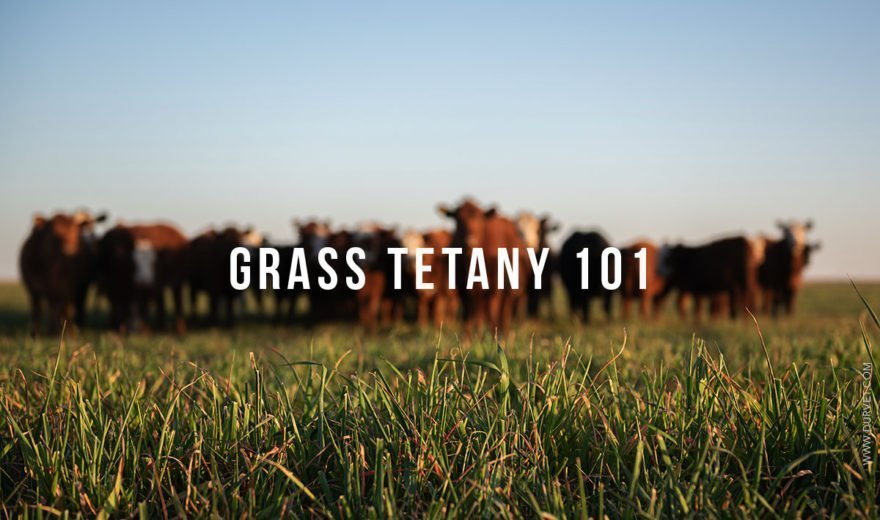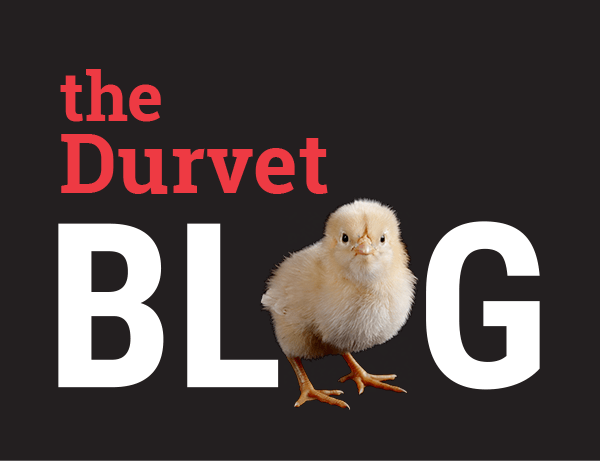
What is Grass Tetany?
With spring weather arriving in the Midwest, grass tetany may be a concern farmers and ranchers should prepare their livestock for. Grass tetany is a fatal metabolic disorder caused by lack of magnesium in the blood serum of ruminant animals. This often occurs because the fast growing, cool-season grasses have a high water content and lack proper nutrients. All cattle can develop the disorder, but it is more commonly found in older lactating cows due to extra loss of nutrients through milking.
Signs and Symptoms to Look For
Symptoms of grass tetany may include nervousness, muscle spasms, gait, staggering, decreased milk production, twitching, coma or death. It is often difficult to detect because the symptoms occur very rapidly. Usually, the only evidence of the disorder is a dead cow in the pasture.
Prevention
Avoiding situations that might lead to grass tetany is key. Some of the best practices are:
- Avoid letting cattle graze on immature grasses and plants. Allow the grazing area to grow 4 to 6 inches
- Determine which animals have the greatest risk
- Add nutrient-rich legumes to the diet
- Add a magnesium supplement
- Reduce stress
Treatment
If symptoms are detected early and treatment is needed, a veterinarian can inject magnesium and calcium intravenously. These injections must be given with extreme caution. If treatments are given too quickly, it could result in death for the cow. As mentioned above, using caution and avoiding conditions that cause the disorder is the best way to protect your herd this spring.

 BACK TO MAIN BLOG
BACK TO MAIN BLOG 
Comment